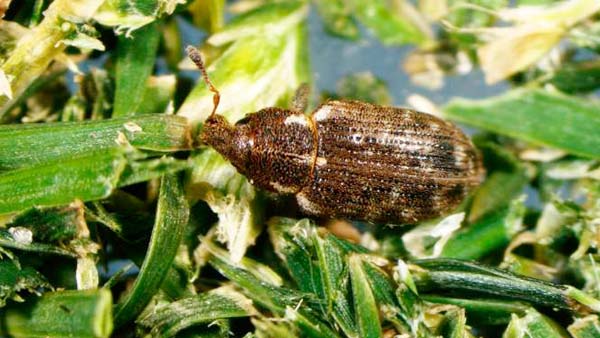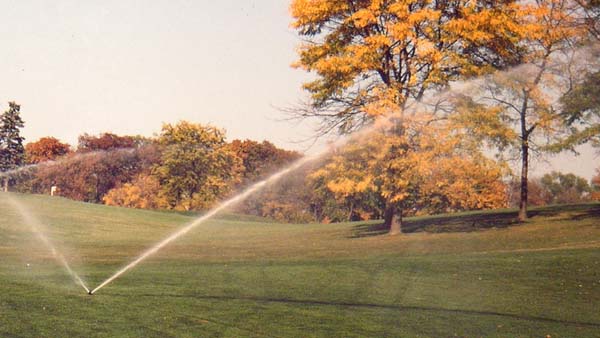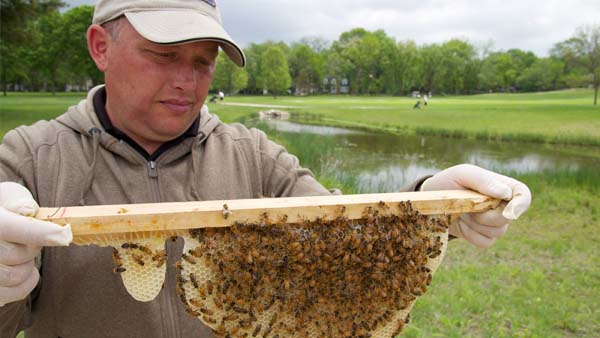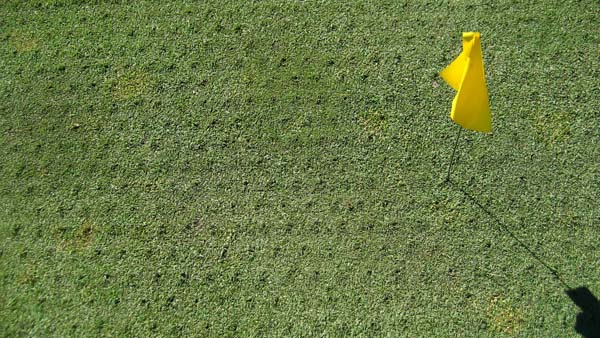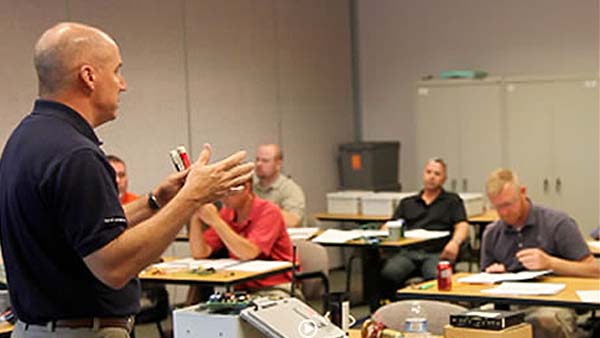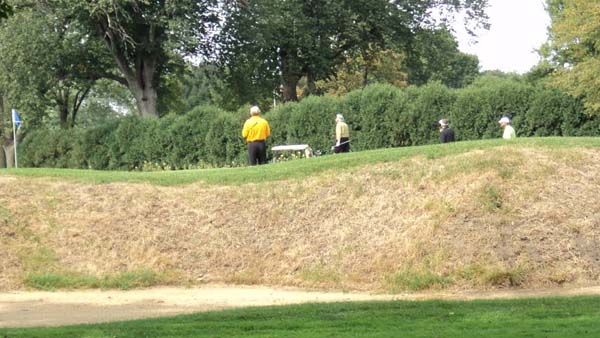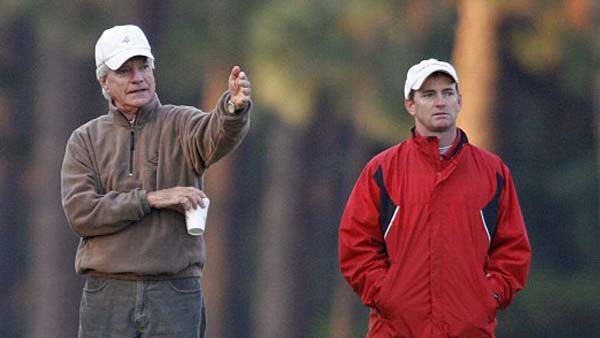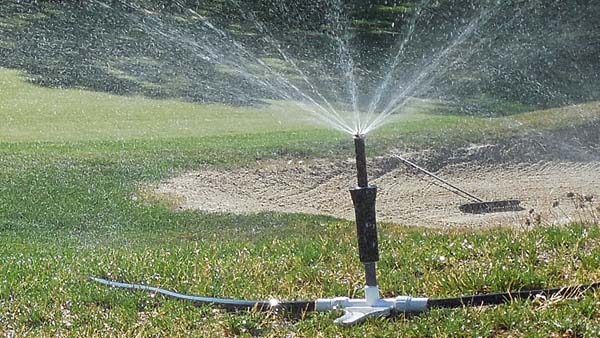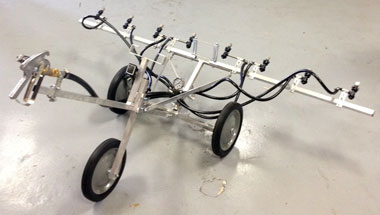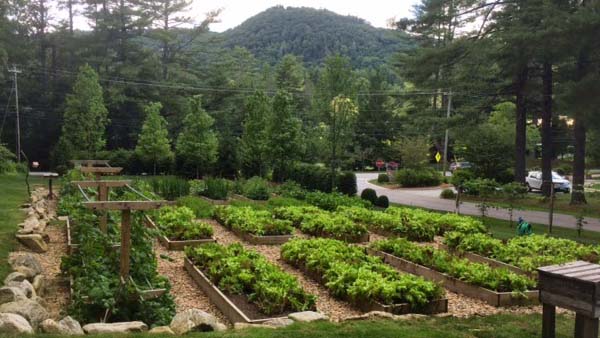

In drought-stricken Southern California, the city of San Juan Capistrano has been pumping water from wells that supply San Juan Hills Golf Club, and it's going to court to protect what it says is its right to do so. The golf course, however, believes the city taking water from underneath the course infringes on its rights as cities and businesses scramble to find and secure enough water to function at even the most basic levels.
According to the Orange County Register, a judge recently rejected the club's motion to prevent the city from taking water from wells underneath the golf, saying the city's actions did not adversely affect the golf course.
The decision is a reversal of the judge's initial decision to side with the club and prevent the city from pumping from the two wells.
Most of California is in the throes of a drought that is at least three years long and that some experts predict could last for decades to come. In an attempt to recharge the San Juan Basin that feeds water to the area, the South Coast Water District on Sept. 8 closed a groundwater recovery plant, and the San Juan Basin Authority then closed two wells in mid-September because they weren't producing water.
The case is scheduled to go to trial next Aug. 31.
- Read more...
- 2,553 views

